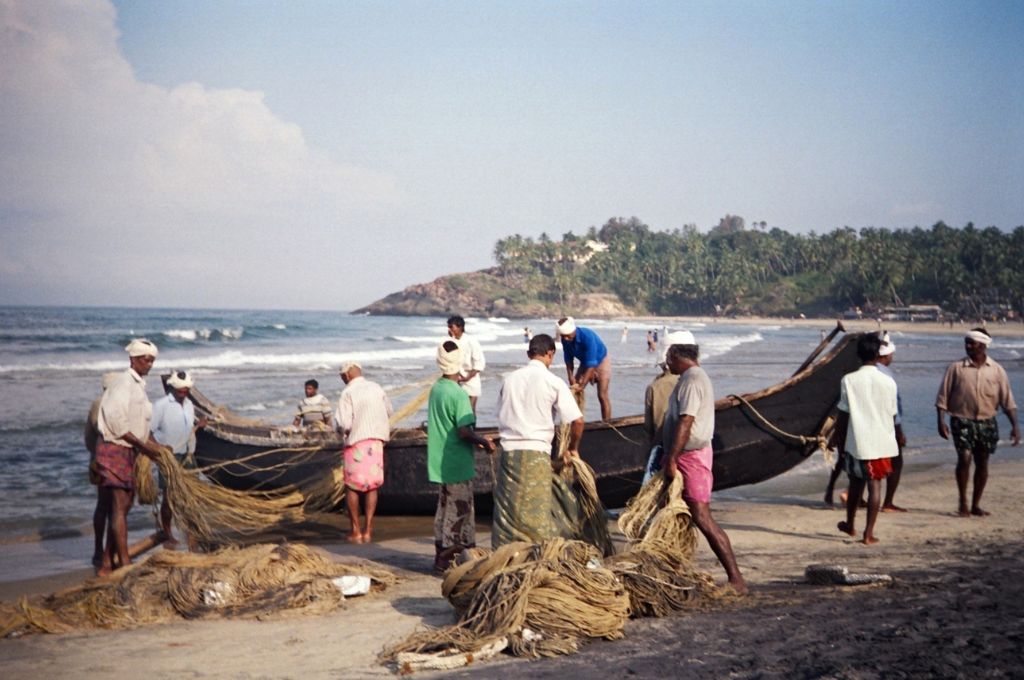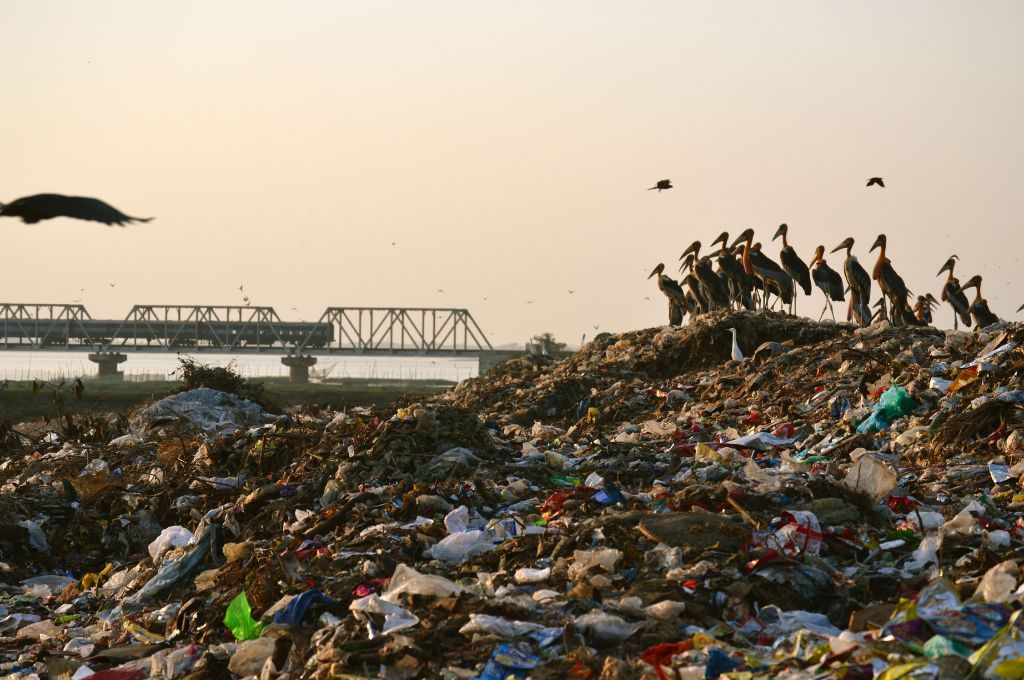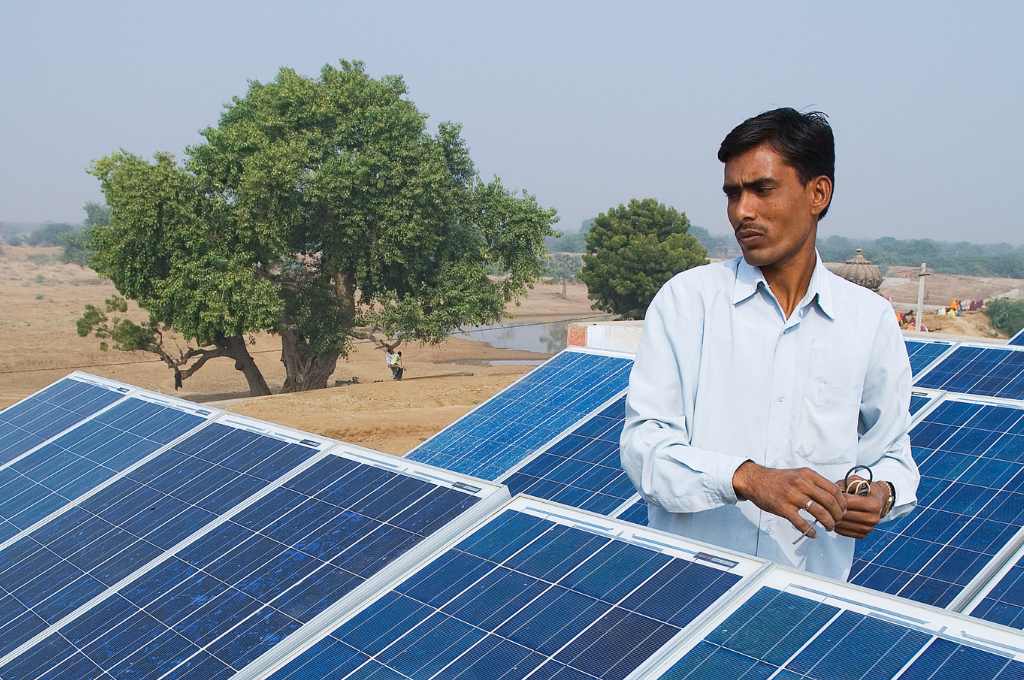On March 20, 2023, the Intergovernmental Panel on Climate Change (IPCC) released the final instalment of its Sixth Assessment Report (AR6). With inputs from 93 authors from more than 40 countries, including India, the report summarises IPCC’s work across eight years, and illustrates the severity of the climate crisis and its impact on people and ecosystems. It also highlights several pathways to curb the rising temperatures and offers low-cost solutions to adapt to the changing world.
We have curated a list of articles that will help you understand what this 8,000-page report means for the future of climate action, especially in India.
1. The IPCC report highlights the devastating impact of rising global temperatures on ecosystems and economies, and outlines measures that can be taken to mitigate climate change and build resilience. This article published by the World Resources Institute details 10 key takeaways from the report, offering readers a succinct overview.
2. Mission LiFe (Lifestyle for Environment), launched by the Indian government in October 2022, is envisioned as an India-led global mass movement that will nudge individual and collective action to protect and preserve the environment. According to India’s environment minister Bhupender Yadav, the IPCC report echoes Mission LiFe’s vision, and underscores the importance of lifestyle and behavioural changes for climate action. Read more about India’s response to the synthesis report in this article on the Times of India.
3. This article on The Wire sheds light on some of the effective, low-cost actionable steps, outlined in the report, that governments and citizens can take to mitigate and adapt to climate change. These include minimising the use of fossil fuels, utilising alternative sources of energy such as solar and wind, building and using public transport, and so on.
4. The report warns that global warming exceeding 1.5 degrees Celsius will cause irreversible damage to many ecosystems. This article on The Third Pole explains how rising temperatures will imperil the already vulnerable Hindu Kush Himalayan region.
5. With a sharp focus on loss and damage (L&D, which refers to climate change consequences that are beyond what people can manage), the report underscores that vulnerable populations and regions including India—particularly its coastal and mountainous areas—are going to be most prominently affected by climate change. This article on DownToEarth sheds light on why ensuring climate finance and justice is going to be crucial for equitable climate action and in reducing L&D.
6. Critiquing the latest report, this article on The Conversation draws attention to how it may be undermining the scale of emission reduction required to mitigate climate change. The article also highlights how the report fails to take into consideration various inequalities in energy use and emissions within nations.




